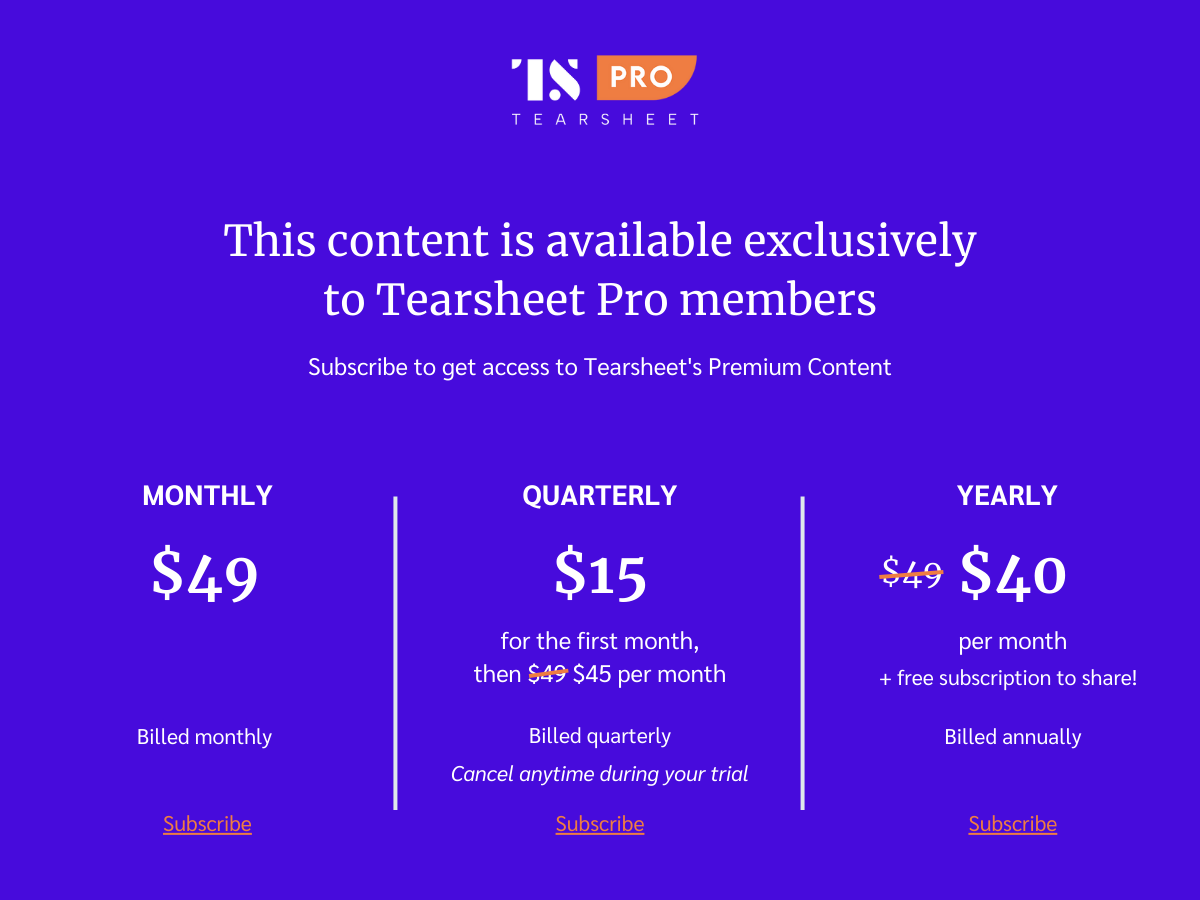How april engineers the synergy between tax and tech to offer e-filing solutions
- Fintechs have leveraged the boom in embedded finance to offer a range of banking and payment solutions, but the tax industry has experienced relatively slow progress.
- Fintech april operates in the embedded tax space. We break down its platform, infrastructure, challenges, and the viability of standalone e-filing products in today’s market.

Fintechs have leveraged the boom in embedded finance to offer a range of banking and payment solutions, but the tax industry has experienced relatively slow progress. This reluctance could be due to the tax industry’s complex ecosystem and web of regulations, where discrepancies between laws at multiple levels compel tax software providers to walk on eggshells.
Companies like Credit Karma and Intuit provide bundled tax services, but other fintechs are pursuing alternative strategies — such as partnerships or developing proprietary technology — to establish their presence.
Lili, for instance, has found success by merging banking, payments, invoicing, and tax management into a single app for SMBs.
Another player in the wider market is april, a fintech startup that collaborates with banks, fintech firms, and payroll providers like Gusto to deliver them embedded tax solutions. april’s tools help users file, estimate, and optimize their taxes directly within the financial apps they already use. Instead of going the partnership route for tax tech, april decided to create its in-house infrastructure from the ground up.
We unpack the inner workings of how april built its platform and handles its infrastructure to offer e-filing capabilities in today’s market, the challenges involved, and whether the market today considers standalone embedded tax offerings viable.
Platform building: The alchemy of tax and technology
…



